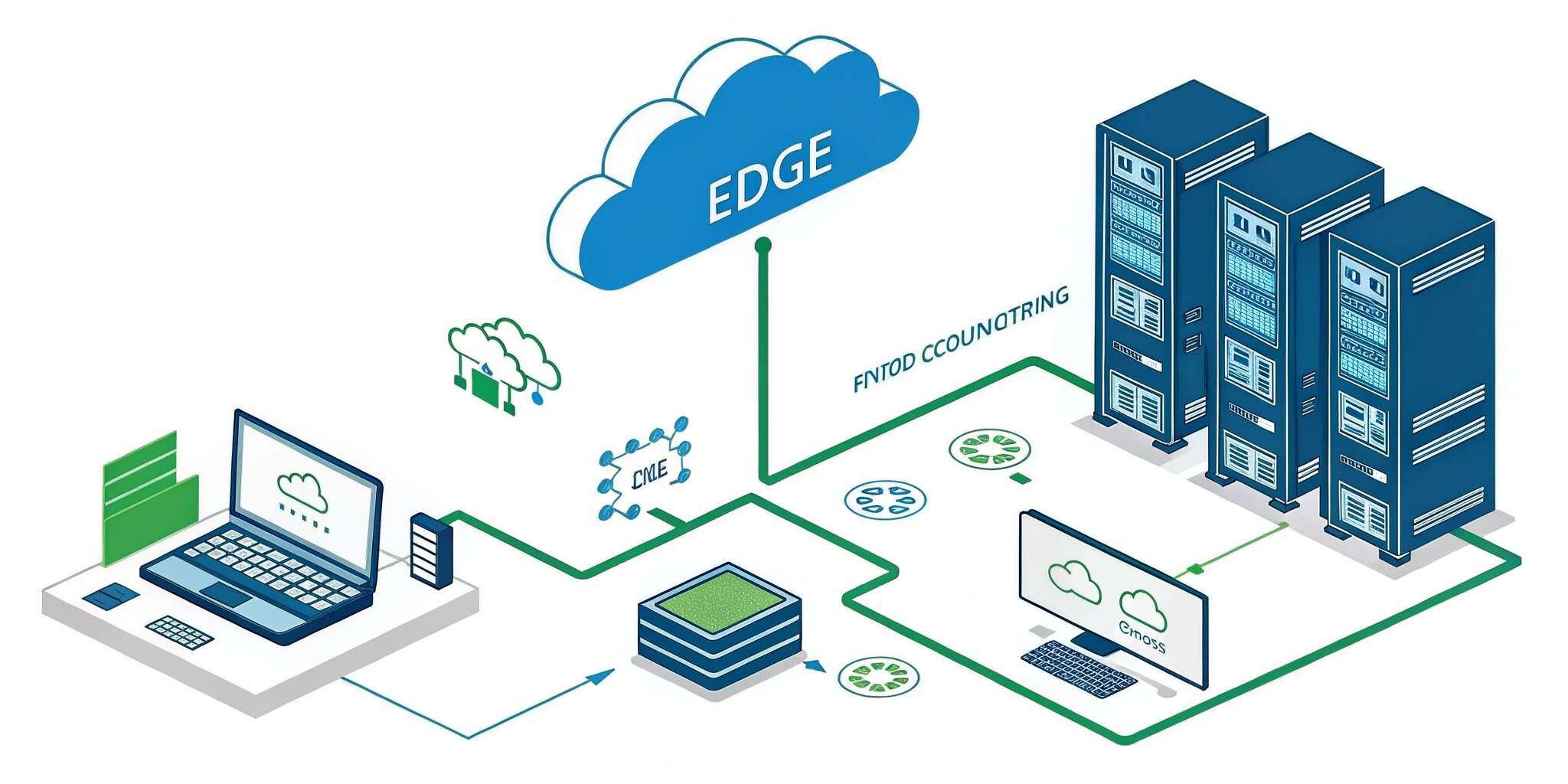In today’s digital world, businesses demand faster, smarter, and more flexible IT solutions. Traditional cloud computing is powerful but sometimes struggles with latency, data control, and bandwidth. That’s where Edge Computing and Hybrid Cloud Computing come in.
These technologies are revolutionizing the way organizations store, process, and manage data by distributing workloads between local devices, private clouds, and public cloud platforms.
1. What is Edge Computing?
Edge computing involves processing data near the source of generation—such as IoT devices, sensors, or local servers—rather than sending it to a centralized cloud.
Key Benefits of Edge Computing:
- Low Latency: Real-time processing close to the data source
- Reduced Bandwidth Usage: Only relevant data is sent to the cloud
- Improved Privacy & Security: Sensitive data stays local
- Operational Efficiency: Faster insights for mission-critical tasks
Common Use Cases:
- Smart factories and industrial IoT
- Autonomous vehicles
- Smart healthcare monitoring
- Retail analytics at physical locations
- Real-time video processing in security systems
2. What is Hybrid Cloud Computing?
Hybrid cloud computing combines public cloud, private cloud, and on-premises infrastructure, allowing data and applications to move between them as needed.
Key Benefits of Hybrid Cloud:
- Flexibility: Use public cloud for scalability and private cloud for security
- Business Continuity: Balance between performance and compliance
- Cost Control: Optimize workloads based on cost efficiency
- Data Control: Keep sensitive data on-premises while leveraging the cloud for less critical operations
Common Use Cases:
- Financial services balancing secure data storage and cloud scalability
- Healthcare organizations managing patient data with compliance
- Enterprises with dynamic workloads that fluctuate seasonally
3. Why Edge and Hybrid Cloud Work Well Together
Edge and hybrid cloud are complementary, not competing, technologies. They create a unified system where data is processed at the most appropriate location, whether locally at the edge or in the cloud.
How They Combine:
- Edge devices handle real-time processing.
- Hybrid cloud manages storage, backup, analytics, and centralized control.
- Together, they reduce latency, improve responsiveness, and enhance operational resilience.
4. Benefits of Adopting Edge and Hybrid Cloud Computing
- Real-Time Analytics: Make instant decisions at the edge while storing data in the cloud for long-term analysis.
- Scalability: Easily scale operations without overloading centralized systems.
- Improved Security: Sensitive data can remain on-premises while leveraging the public cloud for additional resources.
- Operational Efficiency: Reduces network congestion and enhances user experiences.
- Business Continuity: Ensures uptime even if one part of the system fails.
5. Challenges to Consider
- Infrastructure Complexity: Managing both cloud and edge components requires advanced IT management.
- Security Risks: Distributed systems increase the surface area for potential attacks.
- Data Synchronization: Keeping data consistent across environments is challenging.
- Compliance Management: Different regions have different data laws; hybrid models must account for this.
6. Real-World Applications
Manufacturing:
Edge computing monitors machinery in real time, while hybrid cloud stores production data for future analysis.
Healthcare:
Edge devices track patient vitals locally; hybrid cloud systems manage medical records securely.
Retail:
In-store edge devices gather customer data for instant recommendations, while cloud services manage inventory globally.
Conclusion
As digital transformation accelerates, edge and hybrid cloud computing are becoming essential for businesses aiming to achieve flexibility, security, and real-time decision-making. By combining the strengths of local processing with cloud scalability, organizations can build smarter, faster, and more efficient IT infrastructures.
Adopting this combination isn’t just a trend—it’s a strategic move toward the future of technology.


